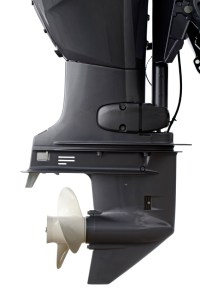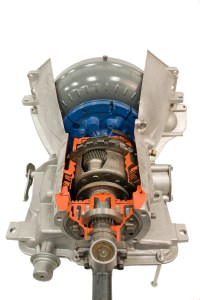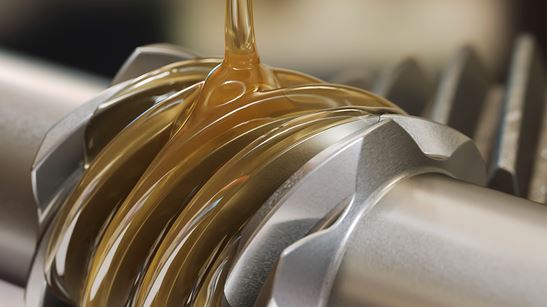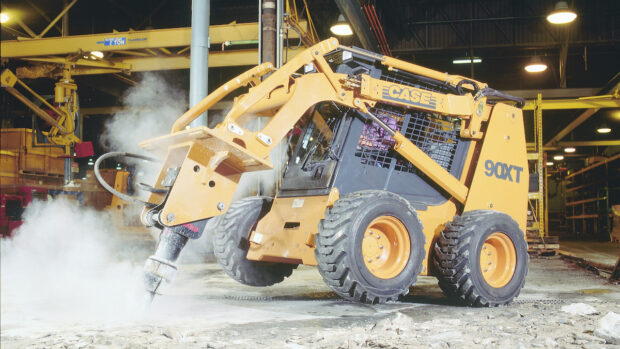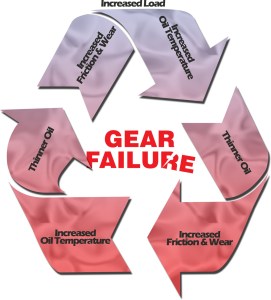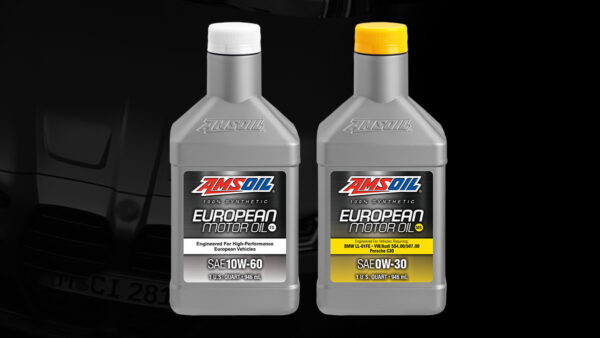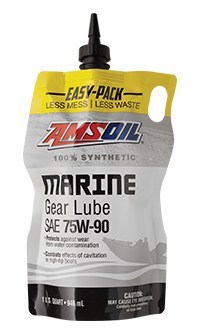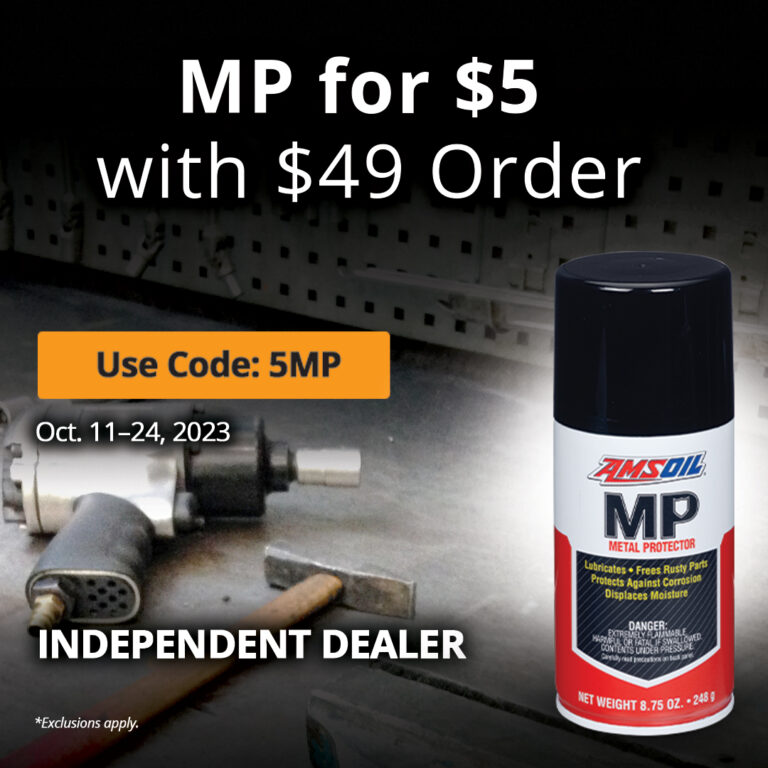How to Winterize Your Boat and Motor
Recently, I’ve become the owner of my first boat, a used pontoon with a two-stroke outboard motor. I’ve been dreaming of fishing with my buddies out on the St. Louis River on a calm, crisp summer morning. Unfortunately, living in northern Wisconsin means that I won’t have time to enjoy it this year as we’re approaching the arctic age. For now, it’ll have to sit in my garage until spring.
Without a little TLC, long-term storage in any season can take its toll on your boat and motor. Here are seven steps to winterizing your marine equipment:
- Clean and inspect the boat and trailer – Taking the time to clean your boat can save you from wear and damage to key components. For the motor, inspect the spark plugs, wires and prop. Check the trailer springs and bearings and grease if needed. Perform any necessary repairs while the boat is out of the water.
- Stabilize the fuel – Gasoline can degrade in as little as 30 days. When the fuel degrades, it can lead to corrosion and deposits in your tank. Have the right amount of stabilizer in your gas tank and run the engine for several minutes to eliminate the need to drain the fuel system in order to keep it protected.
- Change the lower-unit oil – First, ensure the motor is level. Then remove the oil drain plug and open the upper-level plug, which is usually on the side of the motor. While the oil is draining, look for any contaminants such as water or metal particles. Using either a gear lube pump or tube of gear lube, refill the unit with fresh oil until it starts to come out of the top plug. Then, reinsert the top plug and then the lower plug.
- Engine oil and fogging oil – Obviously, two-stroke motors don’t require oil changes; just fill the reservoir with two-stroke oil. In a four-stroke outboard, be sure to change the engine oil and filter to remove any contaminants. It’s important to always use an oil that is formulated for marine use. The oil you use in your car isn’t formulated to withstand continuous high rpm and corrosive, wet environments common to marine engines. It’s also a good idea to fog the engine intake system to prevent rust buildup.
- Grease the fittings – Locate any zerk fittings on the tilt and steering systems and fill with fresh grease as needed.
- Store the battery – Be sure to charge and disconnect the battery. If your boat won’t be in a climate-controlled environment, it’s best practice to remove the battery and store it in your basement or other climate-controlled environment.
- Blow out any water – Water in the live wells, bilge or bilge pump should be blown out with compressed air so it doesn’t freeze. It’s a good idea to leave the drain plug out during storage. Once that is done, it’s time to cover and store the boat.
Check out this tech tip video to see how it’s done:



